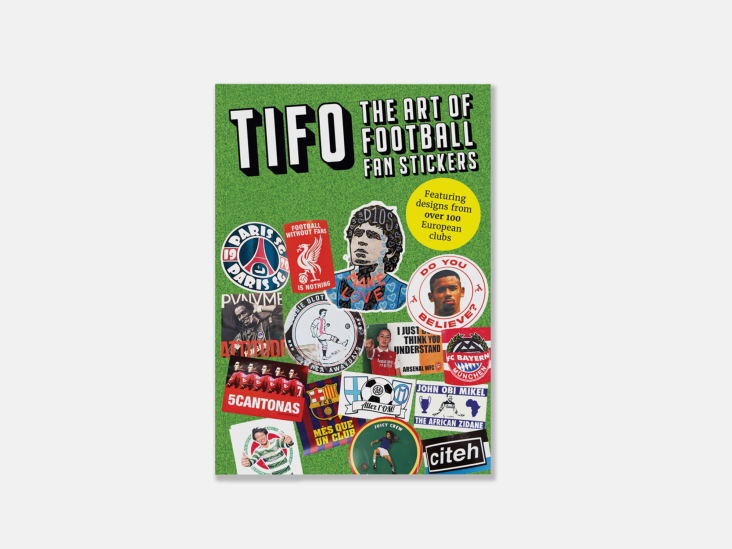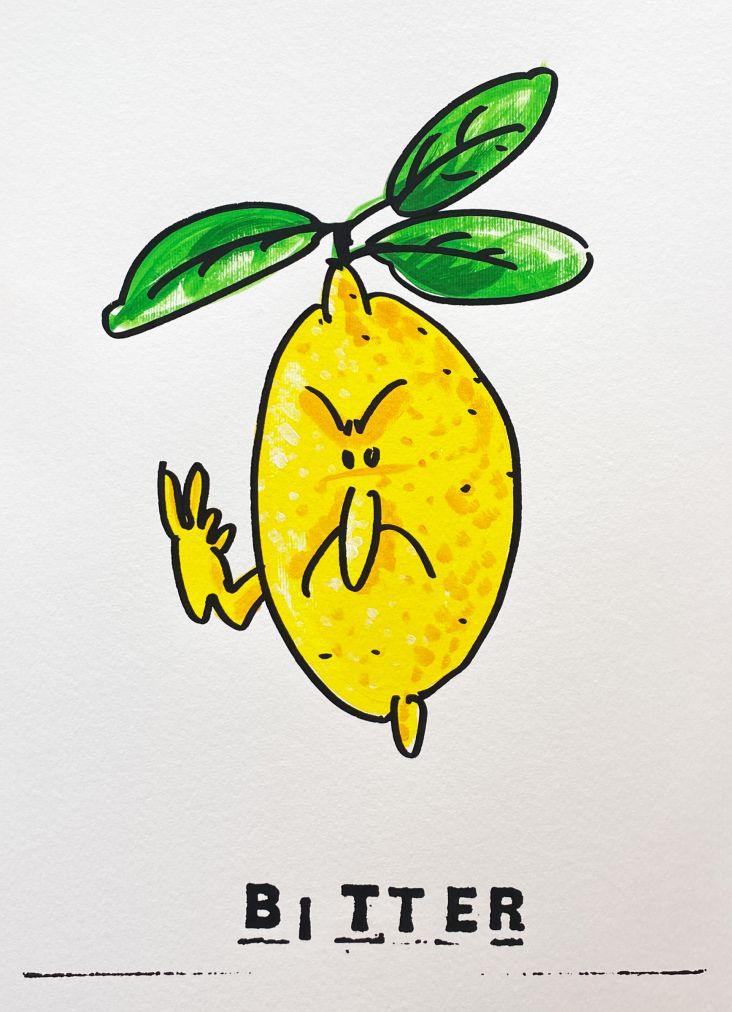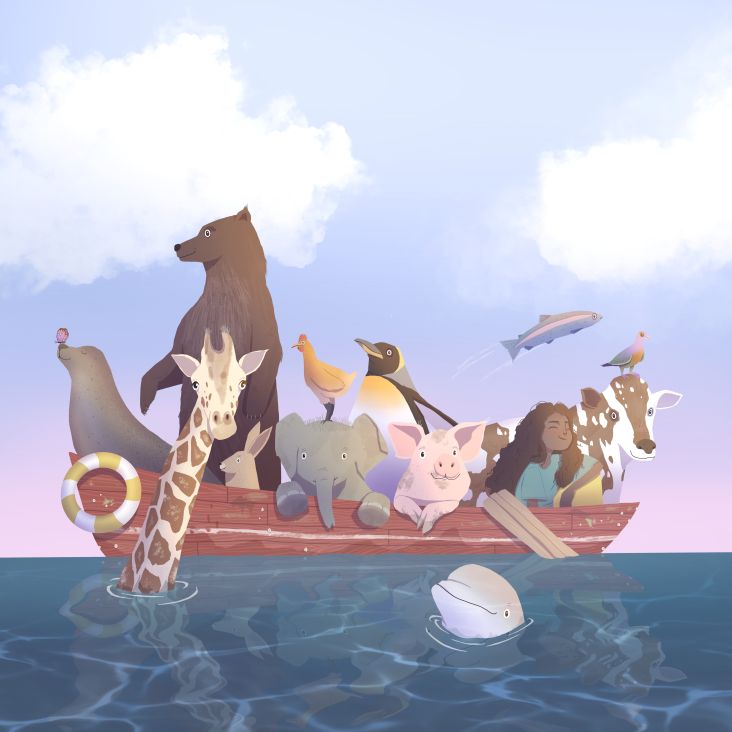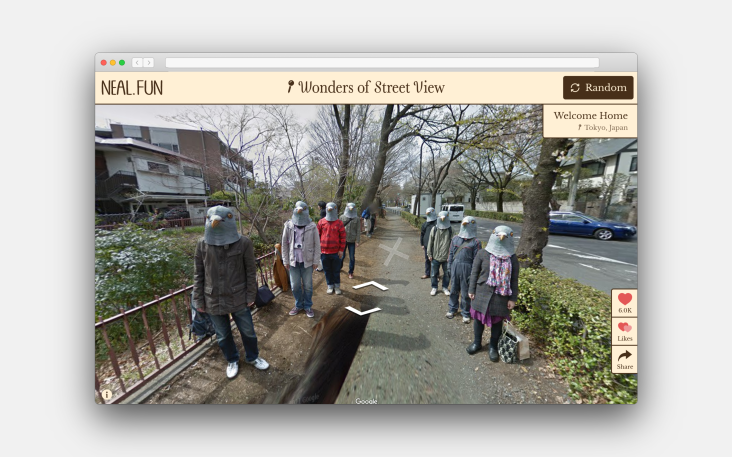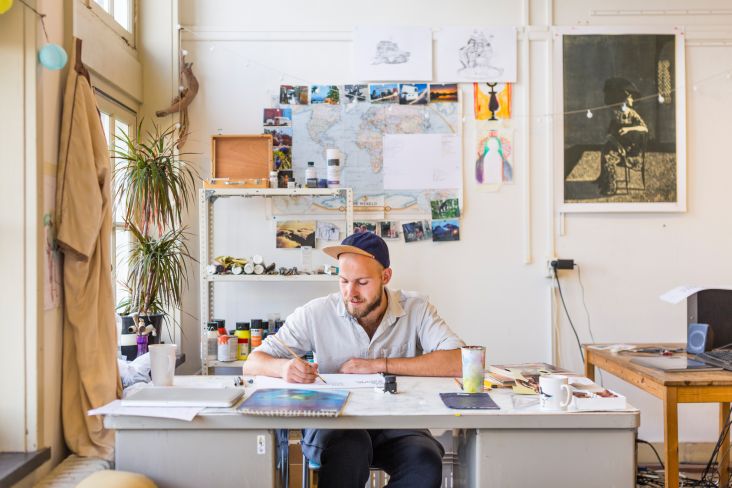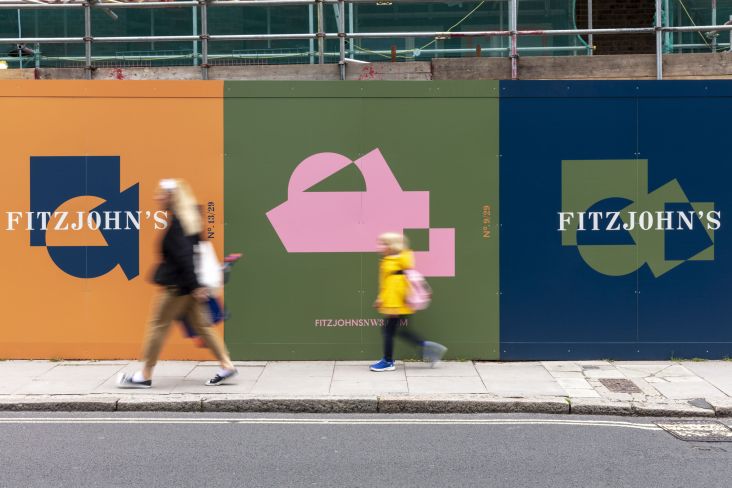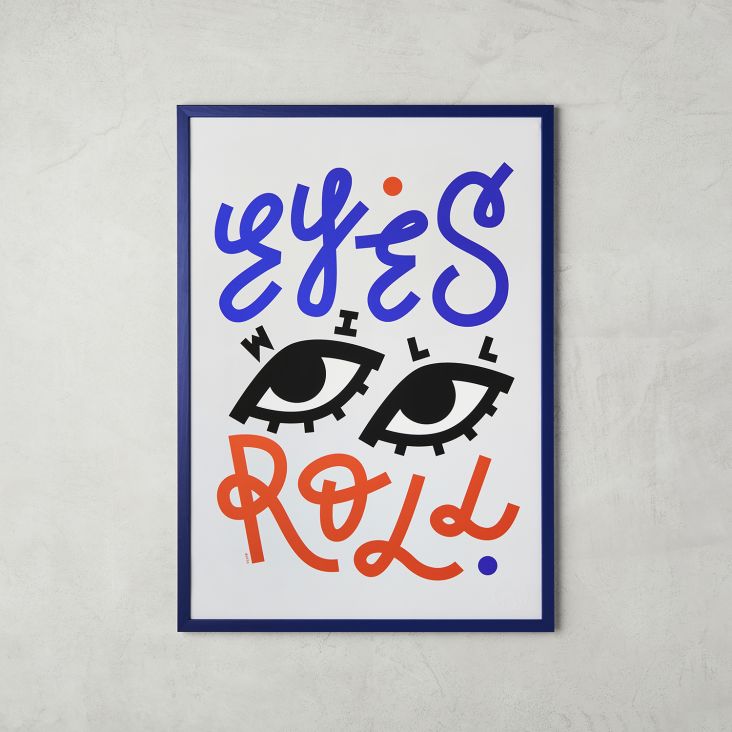NFT and digital artist Leo Villareal lights up the art world with new technologies
Creative Boom caught up with NFT artist Leo Villareal to ask him about his projects and process – as well as the creation of his digital artworks.
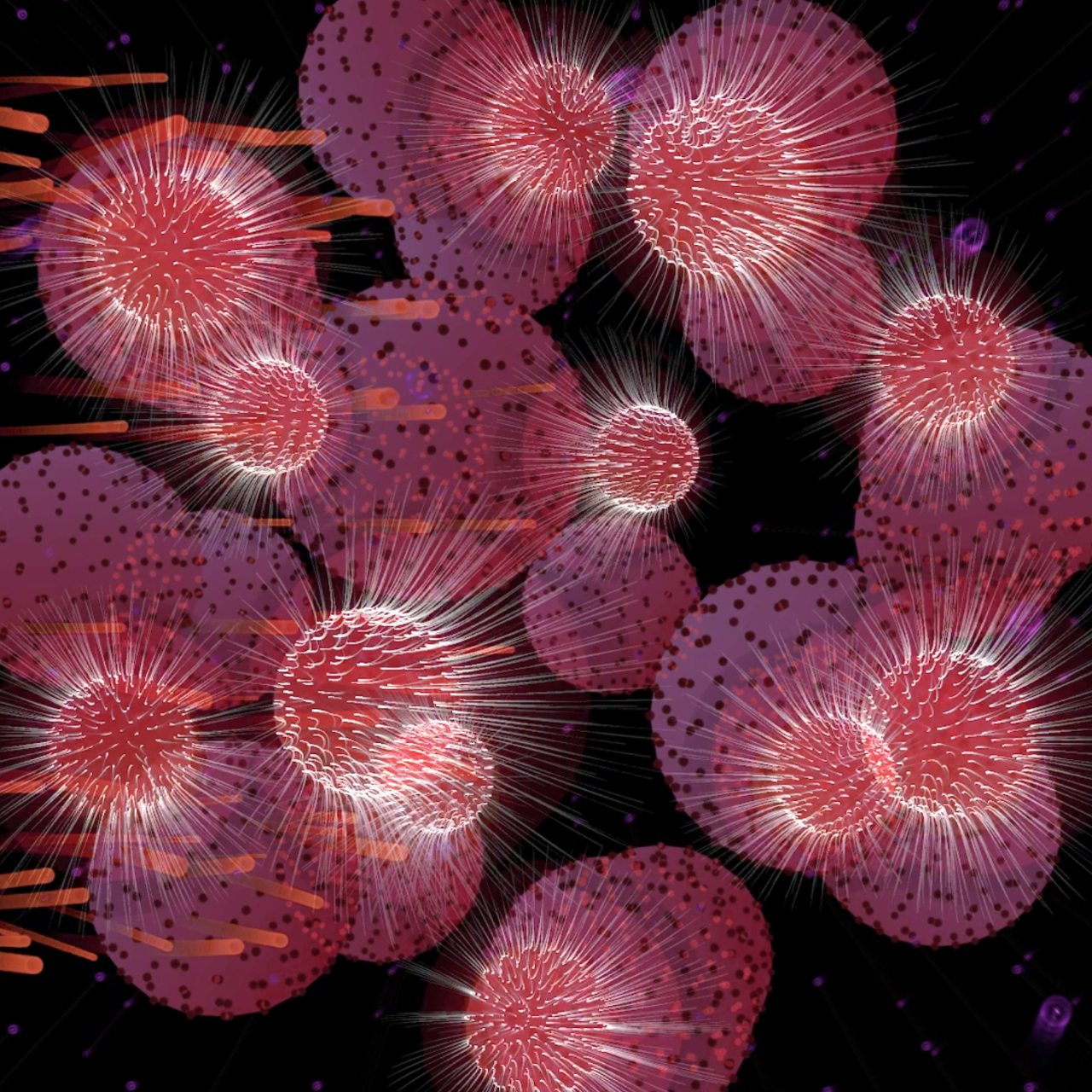
Patterns of light based, floating in a sea of darkness.
The decisive moment in American artist Leo Villareal's career came in Nevada's Black Rock Desert during the 1997 Burning Man festival when Villareal rigged up a strobe-light array above his tent so that he could find it more easily. From then on, light has continued to dominate the artist's work.
He is also known for his Illuminated River project that went live in 2019 and ran across London Bridge, Southwark Bridge, Millennium Bridge and Cannon Street Bridge. In Phase two, completed in 2022, Blackfriars Road Bridge, Waterloo Bridge, Westminster Bridge, Lambeth Bridge and the Golden Jubilee Footbridges were added.
Villareal dropped his first NFTs as 1,024 unique tokens collectively titled Cosmic Reef on the Art Blocks platform. The edition rapidly sold out in just one hour. The average price of each iteration was 0.4 Ether (ETH), or around £1,235. The total sale earned the artist £1.4m.
How did you first use technology in your art?
I started very simply, using microcontrollers and strobe lights. I was working on my own for many years and doing things in a way that a single artist would do. I obviously engaged with many programmers and engineers to help me learn what I needed to learn to create my work. Still, over time, I started working more collaboratively and having more people in my studio helping me do my work.
Some of the projects we are doing nowadays are these huge structures, like The Bay Lights, which is 1.8 miles long and 525 feet tall; there would be no way for me to do that alone. The scale of that work required engineers, contractors, and hundreds, if not thousands, of people to achieve these incredible results.
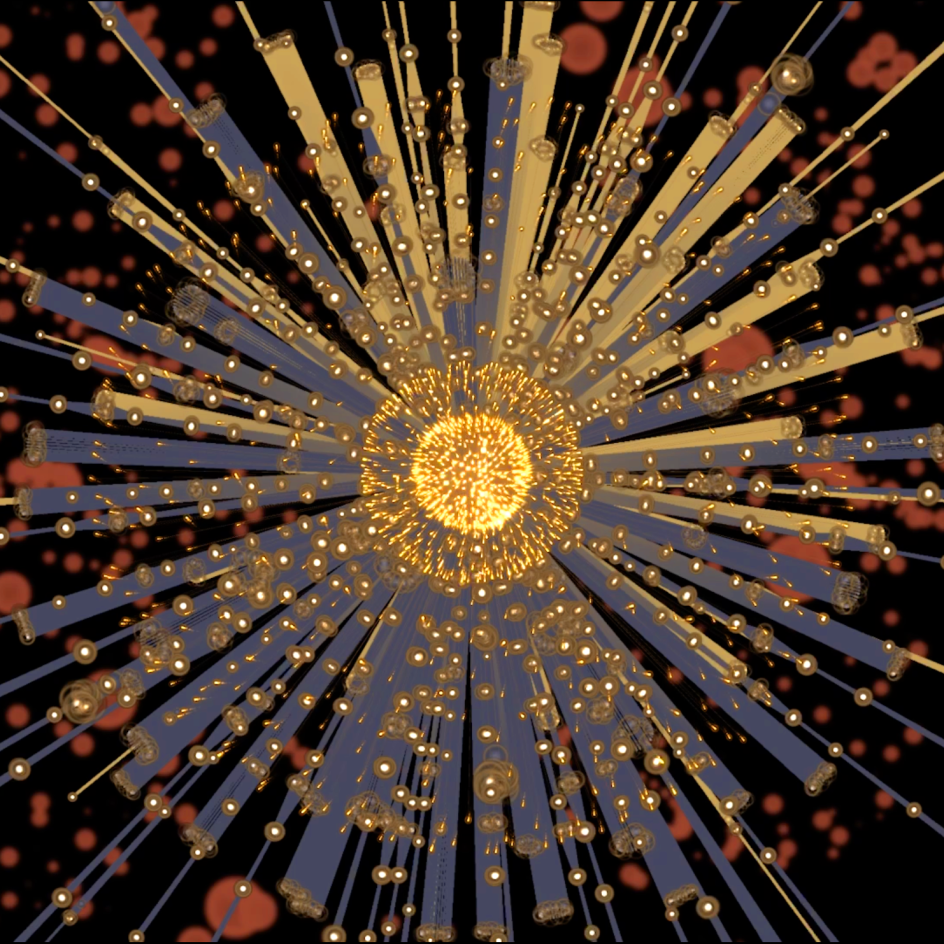
Cosmic Bloom (2022), work in progress. All images courtesy of Leo Villarreal.
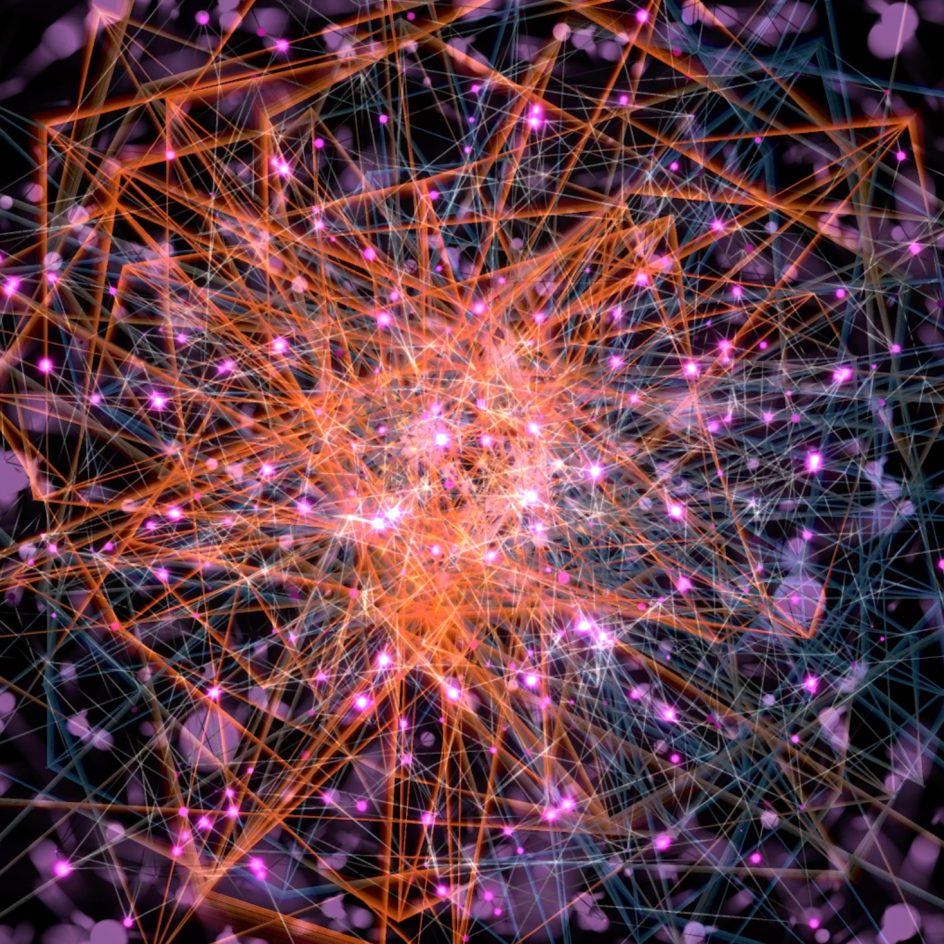
The artist uses various materials to capture what we see, and to distill what we are seeing into something physical.
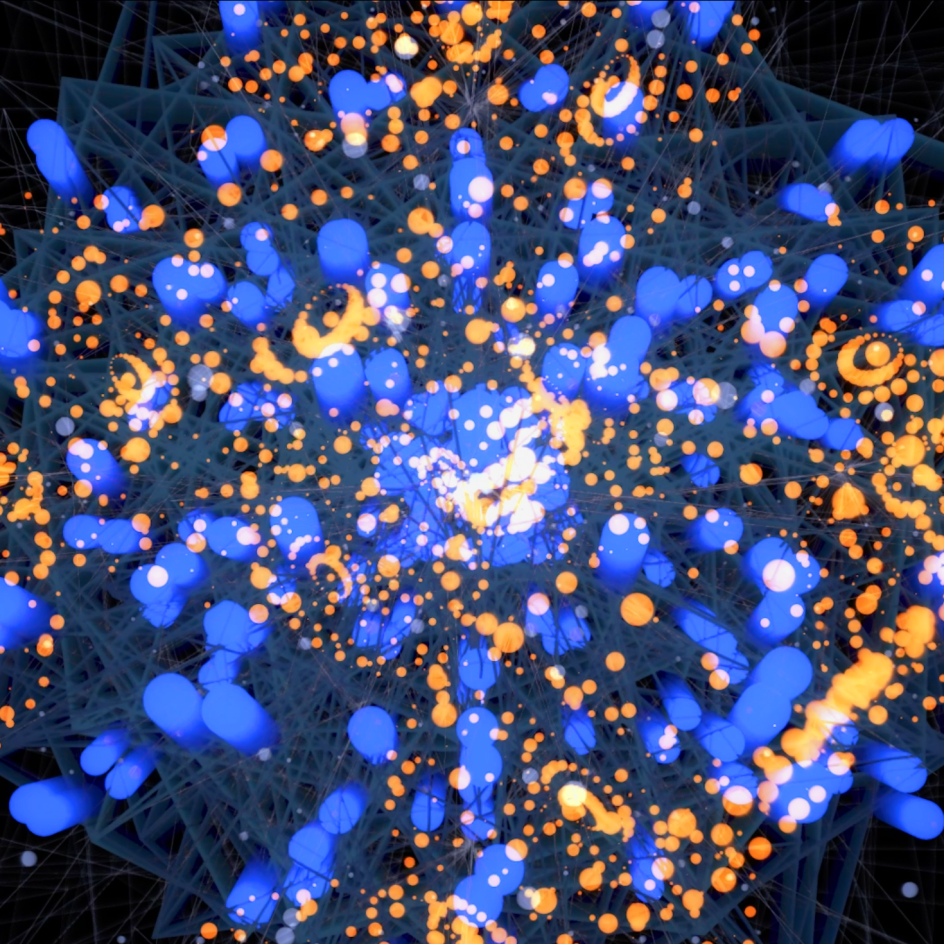
Villareal is interested in lowest common denominators such as pixels or the zeros and ones in binary code.
Some of the main changes for my process have been engaging with my team but also running my studio, which is growing, so not only am I actively creating, but I am also now running a small business and dealing with everything that comes with that, which I never thought I would have to do as an artist.
So there are a lot of sides to this that are not just creative, but to do these kinds of projects requires a lot of engagement and working with others, which is very exciting. It has been an amazing journey. If someone had shown me what I'd be doing these days 20 years ago, I would have been very surprised. I am eager to see what it looks like in 20 more years!
Do you think how artists look at the world encourages people to think about new perspectives?
It is about that unique way of seeing things and using various materials to capture and distil what we see into something physical, whether it is a sculpture, a painting, or any other type of art. In that translation of capturing what you see, manifesting it as an object, and then presenting that to others to engage with, there's a really special kind of relationship. I think artists can inspire people in a very deep way.
What do you think is the purpose of art in today's increasingly hectic world?
Some people say they don't need art, but I would argue that everyone needs art and that there needs to be much more of it in the world. I think we need to get more art out into the world since many people don't go to art galleries or museums.
Bringing art to the people is something incredibly exciting. There are profound opportunities to transform and engage through public art, and new technologies like NFTs and web3 that change and expand the audience for art. That is one of the main exciting opportunities for artists working today.
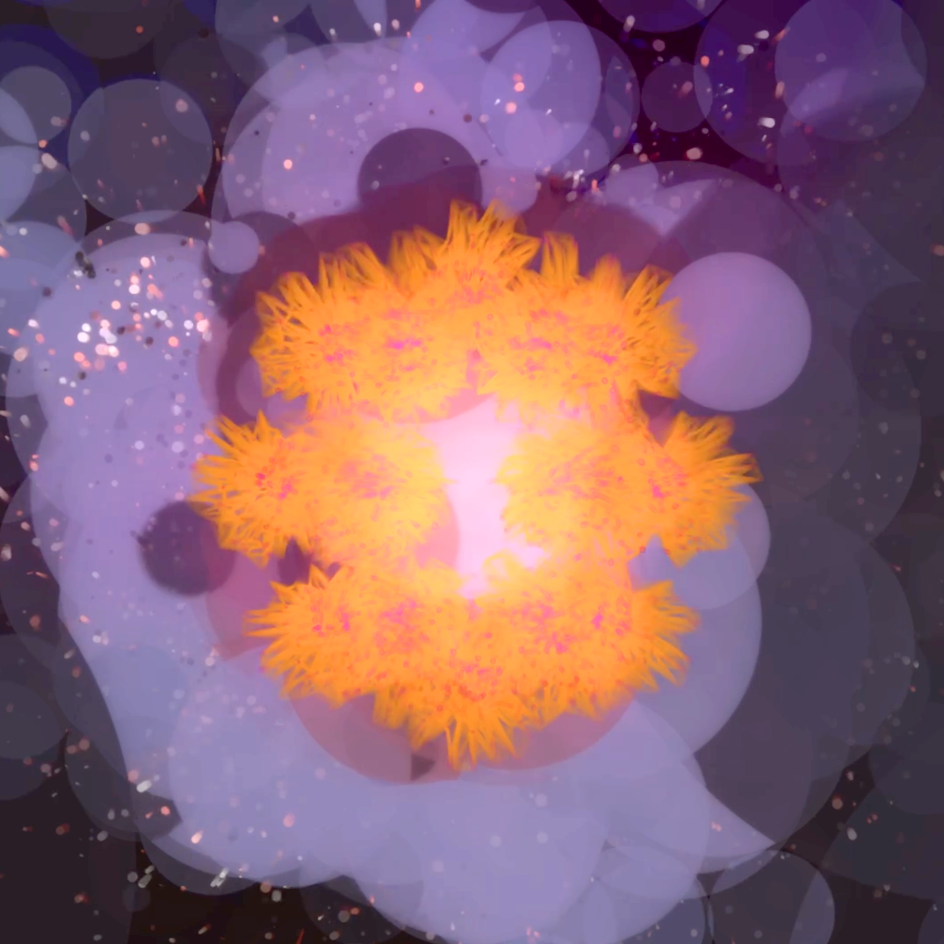
The resulting forms move, change, interact and ultimately grow into complex organisms that are inspired by mathematician John Conway's work with cellular automata and the Game of Life.
What part of your process do you enjoy the most?
I certainly like going places, meeting people, and learning about various opportunities – all those things are always exciting. Brainstorming with my team, finding inspiration, developing those inspirations into a proposal, and then presenting it and engaging a client and getting them excited about the opportunity is also a thrilling part of the process.
All the in-between of everything it takes to achieve a commission can be challenging, like negotiating a contract or participating in endless conference calls - those sorts of things are my less favourite part of it. Still, the result of that collaboration is that an artwork can be achieved, usually on a very large scale, which would be hard for me to do any other way.
When I finally get to the moment, sometimes after years of work, when I sit down in front of the artwork and use my software to sequence and program the piece, that is the best part for me. It's almost like Christmas morning when I can get in there and start working with the piece and using my tools and the code to learn what it is.
Revealing the completed artwork and showing it to the audience and the client, finally getting to put it out into the world, is always incredibly thrilling. The whole continuum, the process itself, is something that I love, and each step is very important to the work we do as a team, as much as the resulting artwork.
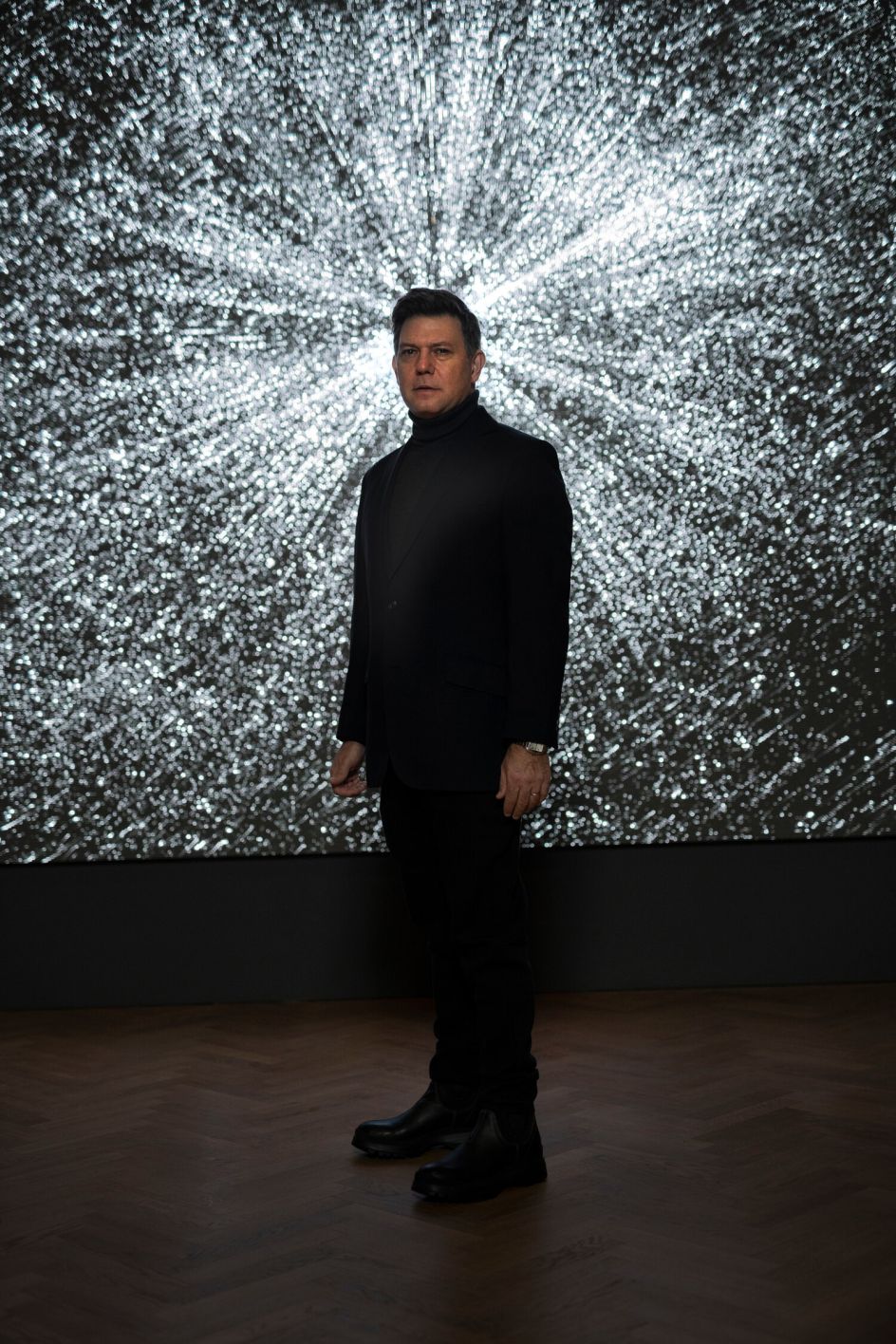
Villareal inaugurated The Bay Lights, a 1.8-mile-long installation of 25,000 white LED lights on San Francisco’s Bay Bridge
How do you take care of your mental health?
The art world can be chaotic and demanding, and many different things are always happening. I would call a lot of that noise, and focusing on the signal is key. I find it very useful to be as grounded as possible and focus on what is important despite whatever may be happening. Artists also need to care for themselves, which can be very hard.
I need to be in optimal shape to be able to do the things I do, and that's challenging because you have to limit things that are distractions. It's a balancing act because you love your friends and family and want to be with them. But art can be something that is consuming. I have a lot of friends who have sacrificed so much to have their careers and do the work that they do.
It's an interesting world, and I think we are very lucky to be artists and to have the opportunity to do that and to find an audience. I think it's a time when more and more people are finding ways to be creative and to become artists, and certainly, with web3 technologies, find their audience in a way that wasn't possible before.
Where does your inspiration come from?
I'm influenced by nature. I'm constantly distilling and understanding the essence, channelling those essences through my LED arrays and code and finding the humanity in them. My work uses computers and technology, but you don't see that; it's all embedded inside. I am interested in the visual manifestation of the code and not the machinery itself.









